Bleaching Red Hair: A Complete Guide To Going Blonde
Understand the steps, transitions, and nuances of the hair bleaching process.

Image: Shutterstock
Going blonde is fun. But if you have red hair and want to turn it blonde, it can be challenging. Bleaching red hair is not easy, and there is some science behind it. The Melanocortin-1 Receptor (MC1R) gene in red hair is responsible for its color (1). Interestingly, only 0.5% of the population in the world has this hair type. Hence, the options to bleach red hair could be relatively scarce.
In a study conducted on 12,741 individuals, it was found that 306 individuals or 2.4% of them had red hair. It was also observed that gene MC1R was responsible for red hair color. So having red hair color is very rare. So further bleaching red hair to blonde is very rare.
But worry not. This article explores all you need to know before turning your red tresses blonde. Continue reading.
In This Article
Transition From Red Hair To Blonde – What It Entails
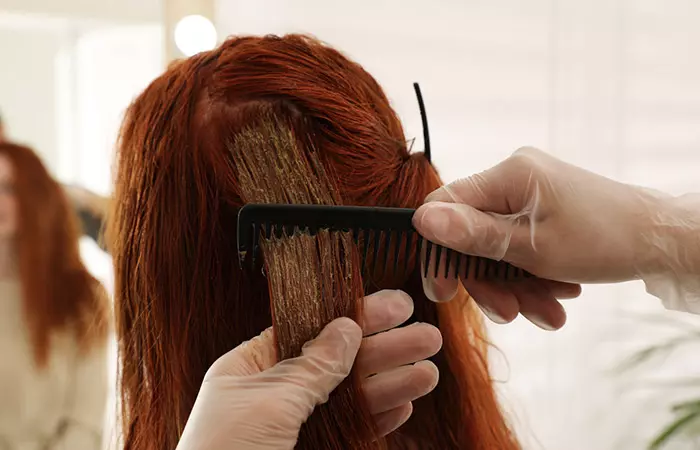
The transition from natural red to blonde hair is not as easy as a walk in the park. Red hair has some of the most potent pigments and molecules attached to it.
Hence, it will be difficult to remove the pigments in one session. It will, in fact, take several sessions of hair treatment before you can get blonde hair. However, converting your hair from red to blonde is not impossible.

Blonde hair is a light shade compared to red hair. Hence, you will need to bleach your hair to turn it from reddish to blonde. Bear in mind the consequences of bleaching your hair.
Blonde hair, like red hair, has more sub-types in color. So, it’s important to consult a professional and check out different blonde hair color ideas to get a good idea of the hair color you want. The most common blonde hair dye shades are platinum, ash, and gold. Alternatively, you can try a combination of red and blonde, which will give you a strawberry blonde look.
If you are considering keeping your red hair and adding a blonde touch to it, you can try that as well.
You can add blonde hair highlights to your natural red hair, get a red to blonde balayage, opt for red hair with blonde bangs, or go for any other hair look you wish. Ultimately, you need to decide on which option you are leaning towards.
 Did You Know?
Did You Know?Read on to know how you can convert your red hair to blonde without any damage.
Key Takeaways
- Natural red hair has potent pigments, making it difficult to transition to blonde.
- Before dyeing your hair, you should decrease shampoo usage and ensure that you do not have any split ends.
- After dyeing your hair blonde, you need to take care of it through nourishing hair products.
- You should also choose heat-free hairstyles to prevent heat damage to dyed hair.
Convert Red Hair To Blonde Without Hair Damage
Before turning your hair from red to blonde, it is almost always helpful to get some professional advice, especially if you are trying it for the first time. It would be best if you visit a hair salon and talk to a hair stylist/consultant to get advice about your hair.
The following steps will help you get blonde hair without damage.
1. Remove Previous Dyes
Before dyeing your red hair blonde, the first step is to remove any previous dye from your hair.
There are special products formulated to remove color from your hair. You will also need to get rid of all the product build-up.
Olivia Spinks, a YouTuber, shared that she had to use strip dye on her hair to remove a previous red dye, which led to her hair appearing ginger after the first use; so, she had to use it twice. She states in her video, “I remember it wasn’t blonde like this [present hair] but it was kind of like a golden, kind of yellowy blonde to be honest. And then my brown roots were growing through, so it wasn’t that much of a look, to be honest (i).” Olivia eventually went to a hairdresser to get it fixed.
Use a clarifying shampoo to remove all the buildup from your hair over a few washes. It will help remove the buildup on the outer layer of your hair and cuticles.
2. Prepare Your Hair
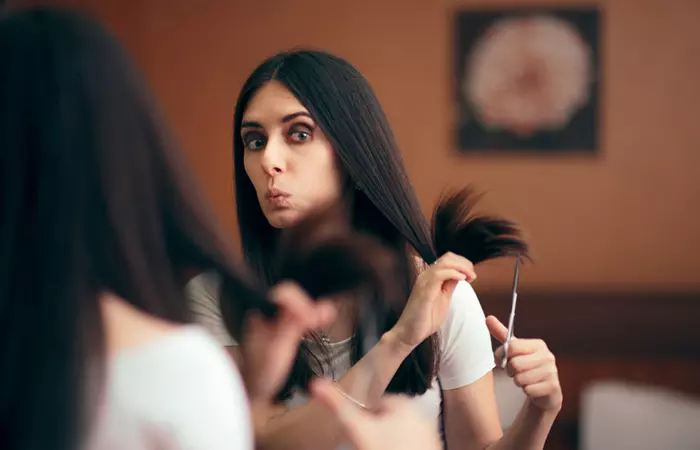
Decrease shampoo usage and let your hair roots recover from all the shampooing. Condition your hair as it will help during the bleaching phase.
Also, ensure that you do not have any split ends. Trim them if you find any, or they will advance to the roots and damage your hair.
3. Bleaching Done Right
Follow the instructions given on the box thoroughly if you plan to bleach hair at home. Mix the developer and bleach and apply it to your hair. Avoid applying too much bleach to your hair.
While trying to remove your natural red hair color, it is better to prolong the treatment duration over multiple sessions. Do not be hasty, or it may cost you your hair.
 Quick Tip
Quick Tip4. Tone Your Hair
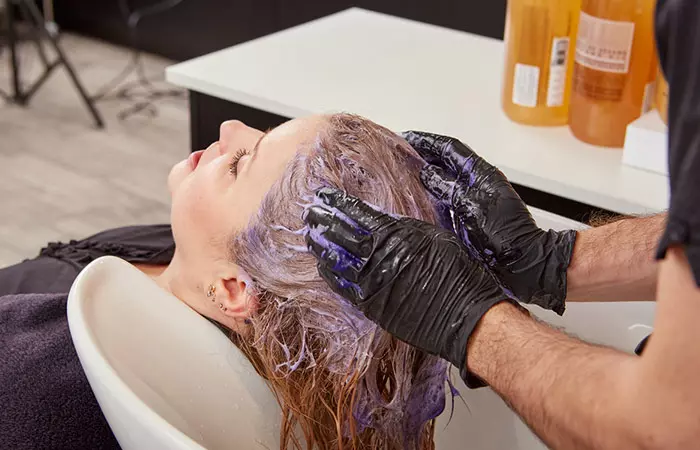
Your blonde hair may still contain some red or orange tones, even after bleaching. Use a purple base hair toner to remove these brassy tones. You may also prepare a DIY hair toner by mixing 1 tablespoon of sulfate-free shampoo with two drops of purple food color, and 1 teaspoon of baking soda.
5. Protect Your Hair From Excessive Stress
Both chemical and physical stress can have a lasting impact on your hair’s health. Chemically-treated hair can cause a loss in volume, glow, silkiness, or dryness (2). Make sure to take care of your hair and protect it from damage.
After dyeing your hair blonde, you need to take special care of it. Read on to discover more hair care tips.
How To Care For Your New Blonde Hair
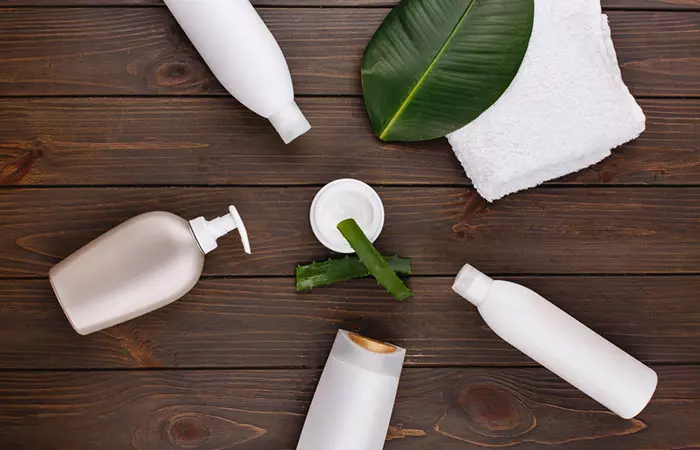
Congratulations, you have done it! Your red hair is now officially blonde. Now, it is time to learn how to look after your bleached hair.
Here are the top tips that can help you care for your new blonde hair:
- Use nourishing hair products developed for blonde color-treated hair, as these will preserve your blonde color while giving it hydration and protection.
- Use a conditioner regularly. Allow the conditioner to moisturize your hair for a few minutes before you rinse it off.
- Use a hair mask after a shower to add more moisture to your hair. Also, use a hair protection serum to prevent hair damage.
- Over time, your hair will start showing brassy tones. To avoid this, use a purple shampoo regularly.
- Choose heat-free hairstyles to prevent damage to your scalp or hair.
After bleaching, the UV rays of the sun become more harmful to your hair. They affect the keratin – the building blocks of hair – and melanin pigments that regulate hair color (3). Thus, you must cover your hair from sunlight.
The next section lists a few DIY tips that can also help.
DIY Tips That Work
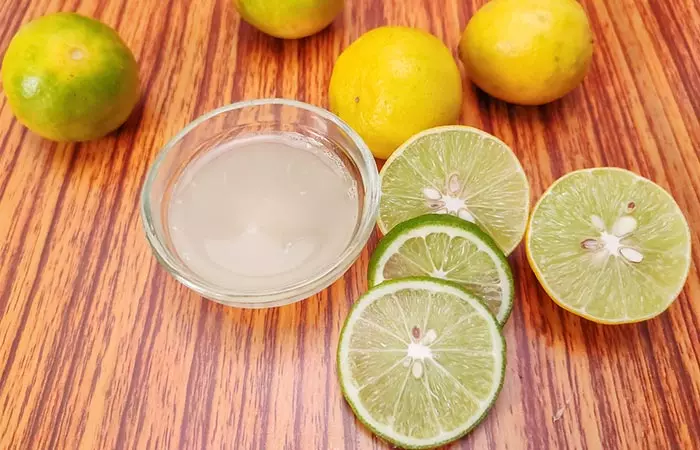
- Natural antioxidants and hair reconstruction products like artichoke and rice will help treat your hair fibers (3).
- Keep your hair hydrated with lukewarm water.
- You can use natural lightening products like honey with conditioner to maintain your blonde hair.
- You may also dilute some lemon juice with water and apply it to your hair as a natural hair bleach.
Keep reading to learn some common but avoidable mistakes while bleaching your red hair.
Common Mistakes To Avoid When Bleaching Red Hair
Here, are some of the common mistakes people commit while bleaching their red hair:
- Bleaching Too Often: Bleaching red hair twice in a short time frame can result in severe damage. Give your hair time to recover between sessions—ideally about 3 months—to prevent excessive breakage and frizz.
- Skipping The Strand Test: Always do a strand test before going all in. This helps you see how your hair will react to bleach and prevent any surprises.
- Skipping Conditioner: You need to use a conditioner both before and after bleaching. Otherwise, your hair will become excessively dry. Your hair needs moisture to stay healthy, so do not overlook this step.
- Washing Before Bleaching: Avoid washing your hair right before bleaching. Natural oils protect your hair from some of the bleach’s harsh effects, so, let them build up for at least 3 days before starting the process.
Infographic: Quick Steps To Dye Your Hair Blonde
You can now take your locks from boring to fabulous in just a few simple steps. Blonde hair dyeing doesn’t have to be difficult; all you need to do is follow a few easy steps – from picking the appropriate hue to prepping your hair for the procedure. Check out the infographic below to learn more about the steps to dye your hair blonde.
Some thing wrong with infographic shortcode. please verify shortcode syntaxDyeing your red hair blonde needs you to bleach it. And bleaching red hair is not an easy task. The most potent pigments in red hair make it difficult to bleach in one session. You may have to go for several sessions before you get blonde hair. Before you dye your hair blonde, visit a hair consultant and discuss everything related to dyeing your red hair blonde. Following the tips discussed in the article will also help you get blonde hair without causing hair damage.
Frequently Asked Questions
What does hydrogen peroxide do to red hair?
Hydrogen peroxide is an oxidizing agent used in the hair coloring process to lighten the underlying melanin in the hair (1). Therefore, if applied to red hair, it may alter the color of the hair strands and allow the new color to sit on them.
How can I choose the right bleach and developer for my red hair, and what are some key differences between different types of products?
To select the appropriate bleach and developer for red hair, you should consider various factors such as the desired lift level of bleached hair, and hair condition. There are three kinds of bleach – powder, cream, and color. Decide on the basis of the desired effect you want and how much you want to lighten your hair.
What are some safety precautions to take when bleaching red hair?
To safely bleach red hair, take these precautions:
- Wear gloves to protect your skin
- Avoid contact with eyes and skin
- Work in a well-ventilated area to avoid inhaling fumes
- Protect clothing and surfaces from stains
- Follow instructions on bleach and developer carefully
- Use a hair mask or treatment to restore moisture and nourishment to your hair after bleaching.
Does green shampoo remove red hair dye?
Green shampoo is typically used to neutralize red or orange tones in hair, so it may be able to help fade red hair dye over time. However, the effectiveness of green shampoo will depend on a variety of factors, such as the intensity of the red dye, the porosity of your hair, and the specific formula of the green shampoo.
Will bleaching red hair turn it pink?
Bleaching red hair can sometimes cause it to turn pink or orange, especially if the red dye is a bright or vivid shade. This is because red is one of the hardest colors to remove from hair, and it can be difficult to fully bleach out. Additionally, when red hair is bleached, it can sometimes reveal underlying warm tones, which can contribute to a pink or orange hue.
What color cancels out red hair dye?
Green is the color that cancels out red hair dye, as it is opposite red on the color wheel. Green hair products, such as green shampoos or hair toners, can help to neutralize red tones in hair that are unwanted or have faded to an orange or brassy hue.
Illustration: How To Dye Reddish Hair Blonde
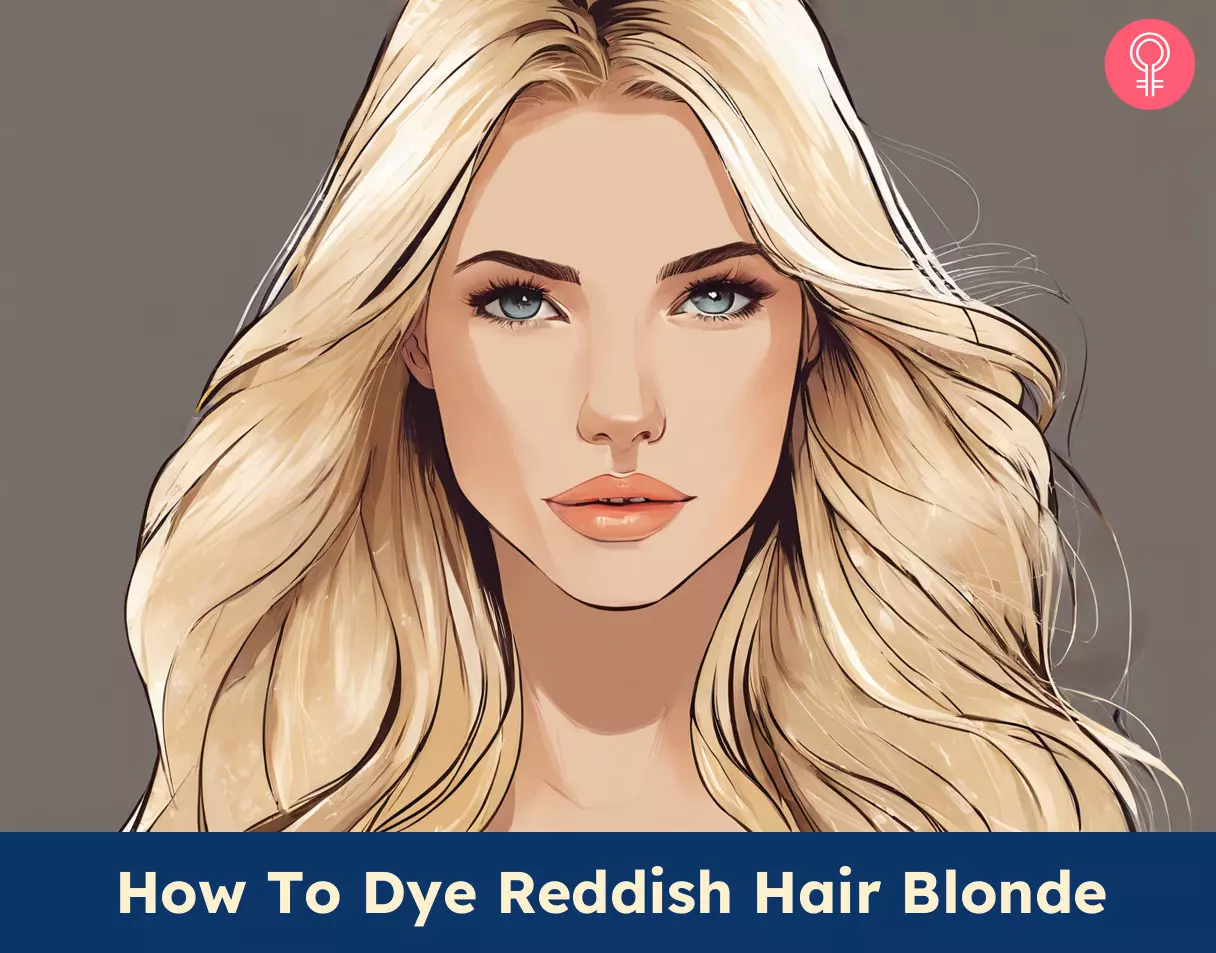
Image: Stable Diffusion/StyleCraze Design Team
Transforming your hair from red to blonde doesn’t have to be a challenge anymore – as you can now do it in under 3 hours. In this easy tutorial, you will learn how to do a color correction and get that perfect blonde shade quicker than you thought possible.
Personal Experience: Source
StyleCraze's articles are interwoven with authentic personal narratives that provide depth and resonance to our content. Below are the sources of the personal accounts referenced in this article.
i. How I got my hair from red to blondehttps://www.youtube.com/watch?v=fi8raRZyT9M
References
Articles on StyleCraze are backed by verified information from peer-reviewed and academic research papers, reputed organizations, research institutions, and medical associations to ensure accuracy and relevance. Read our editorial policy to learn more.
- A new oxidant for hair coloring
https://www.researchgate.net/publication/24435262_A_new_oxidant_for_hair_coloring - Chemical and physical damage affect the perceptions of hair attributes: A quantitative sensory assessment by a trained panel
https://onlinelibrary.wiley.com/doi/abs/10.1111/joss.12621 - Chemical and physical damage affect the perceptions of hair attributes: A quantitative sensory assessment by a trained panel
https://www.sciencedirect.com/science/article/abs/pii/S1011134412002072 - How Long Should You Leave Bleach On Your Hair?
https://www.healthline.com/health/how-long-to-leave-bleach-on-hair#dangers-of-bleach - A study of the photo lightening mechanism of red hair with visible and ultraviolet light: comparison with blond hair
https://onlinelibrary.wiley.com/doi/abs/10.1111/j.0142-5463.2005.00265_4.x
Read full bio of Kimberly Jenkins
Read full bio of Arshiya Syeda
Read full bio of Ramona Sinha
Read full bio of Medha Deb








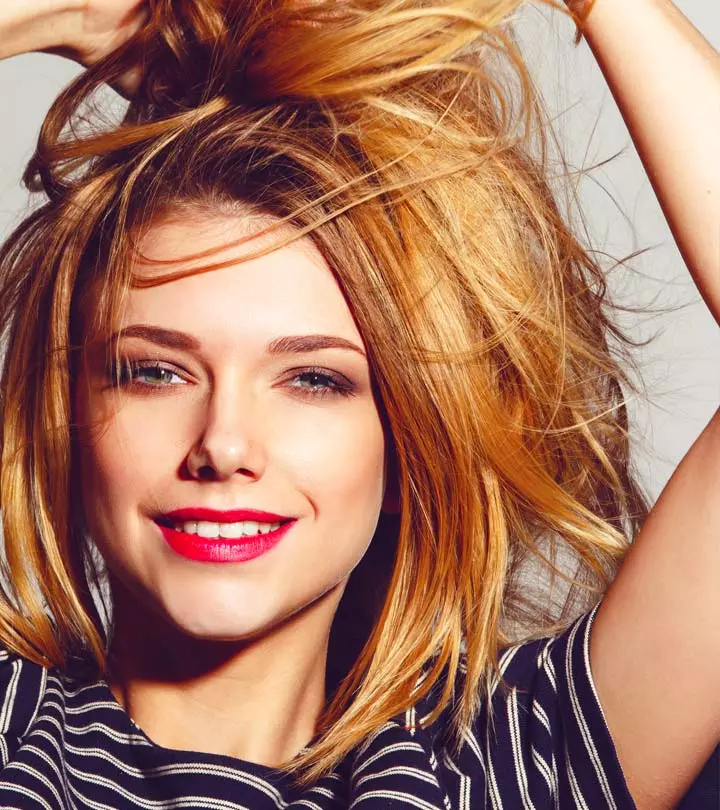
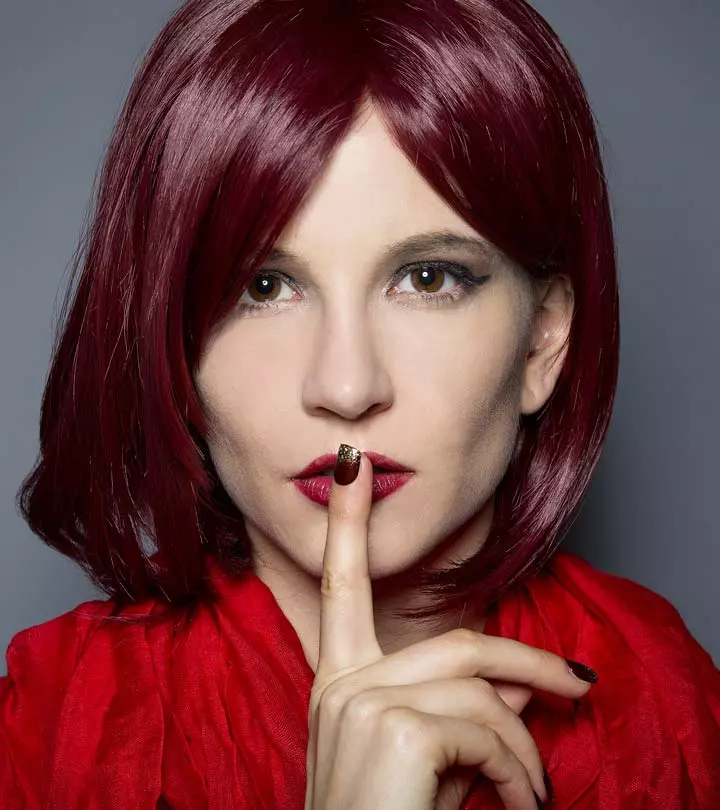
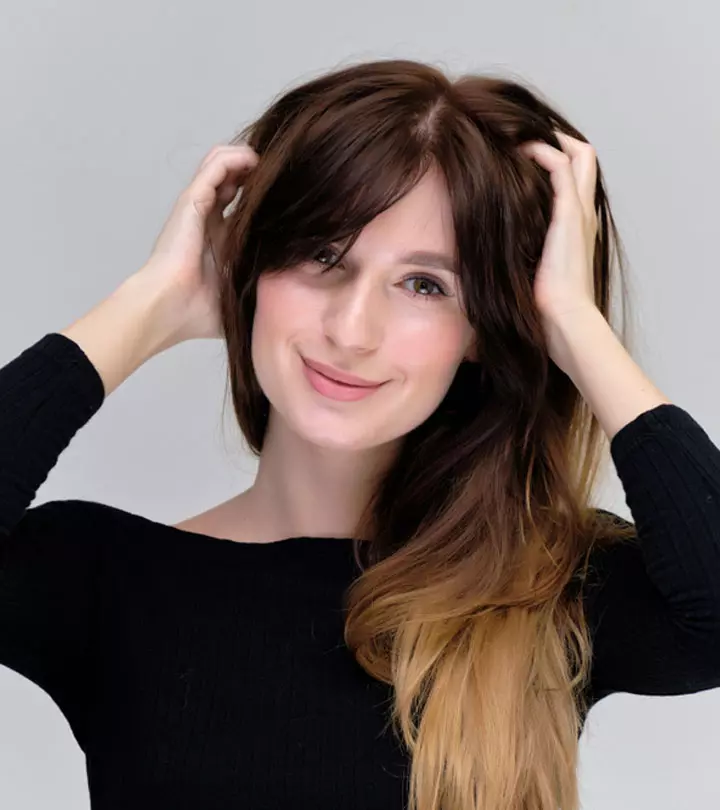
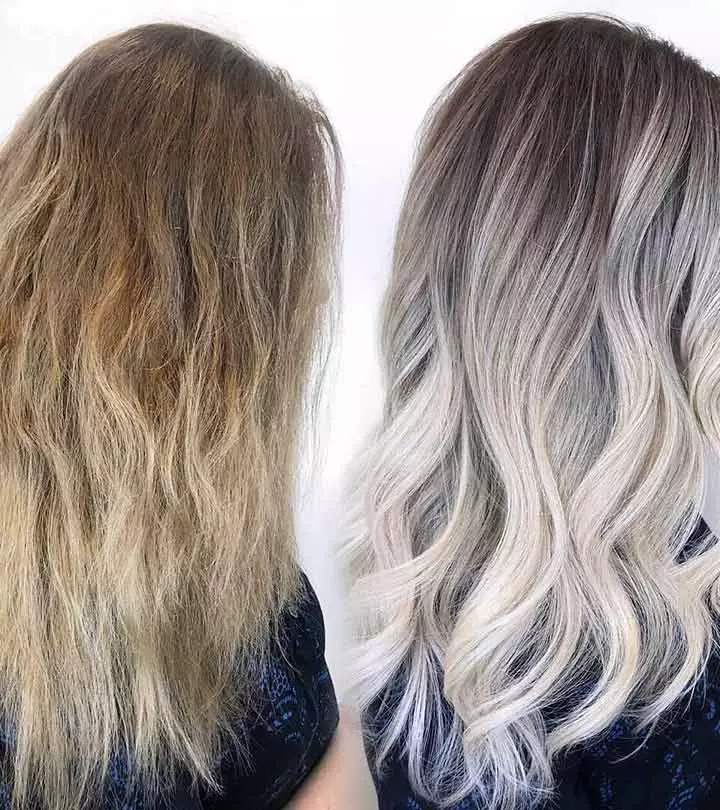
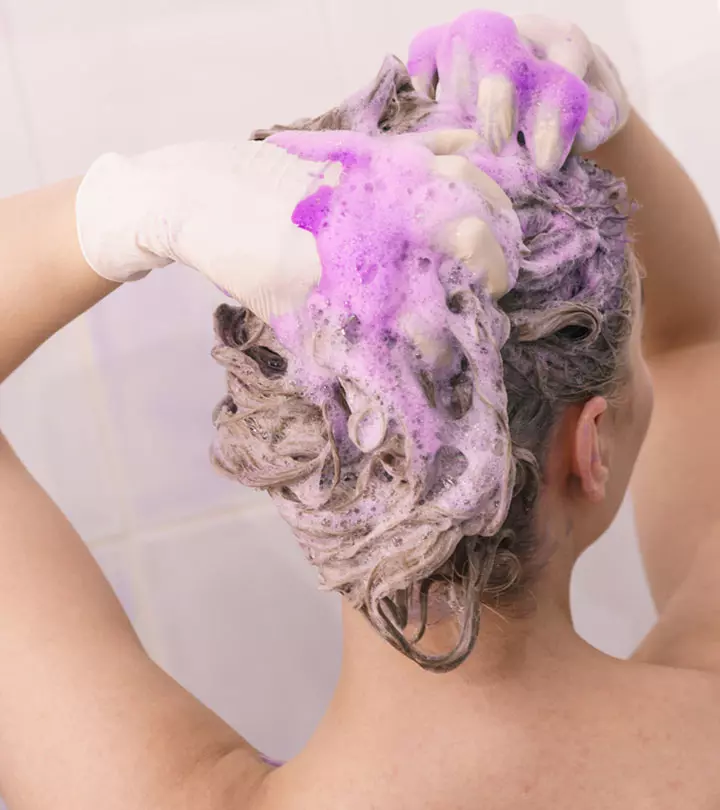
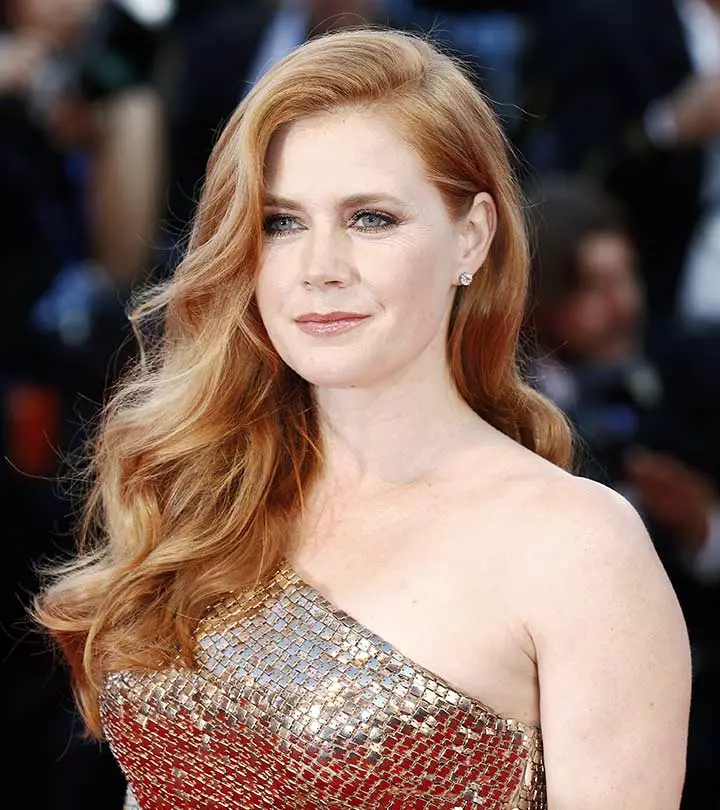
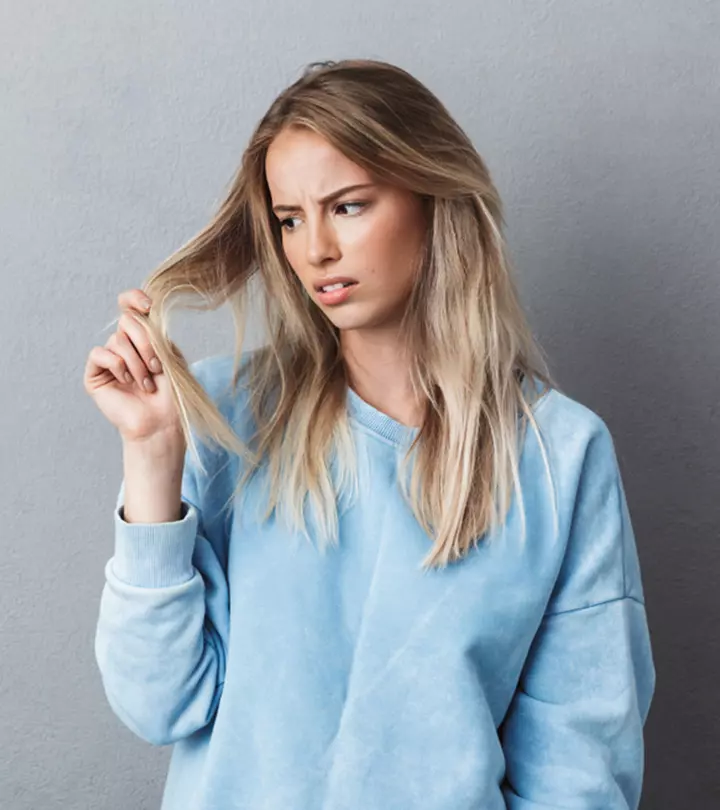

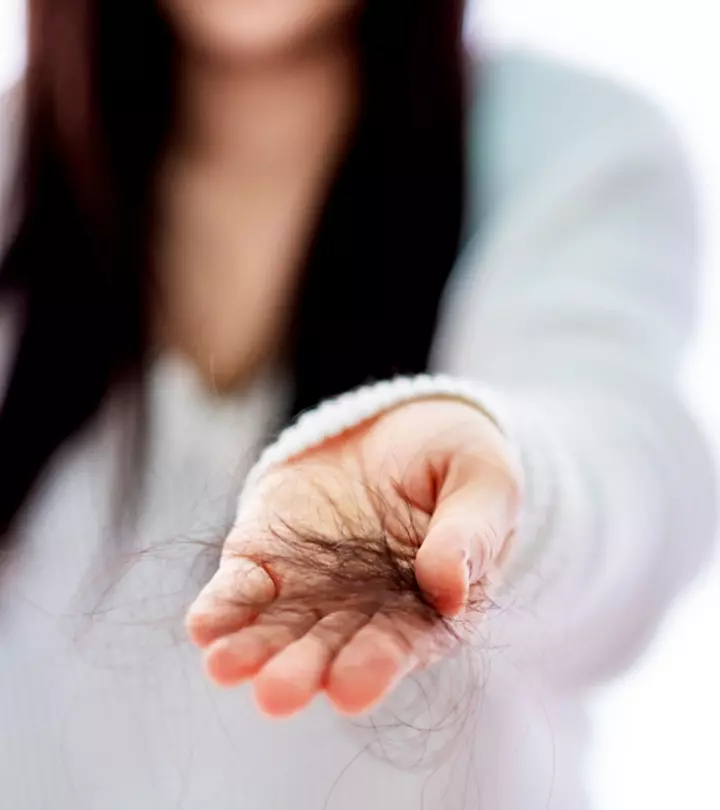
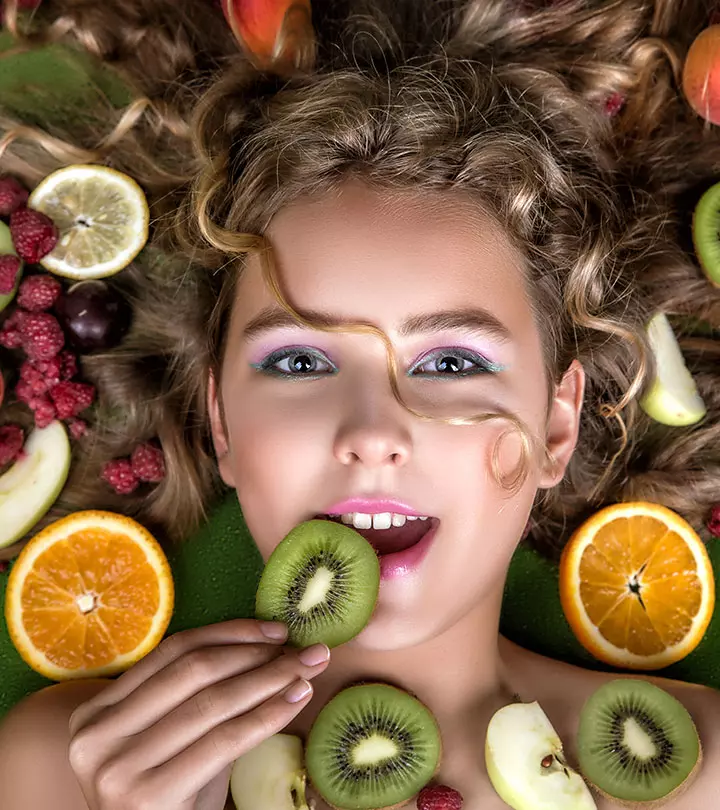
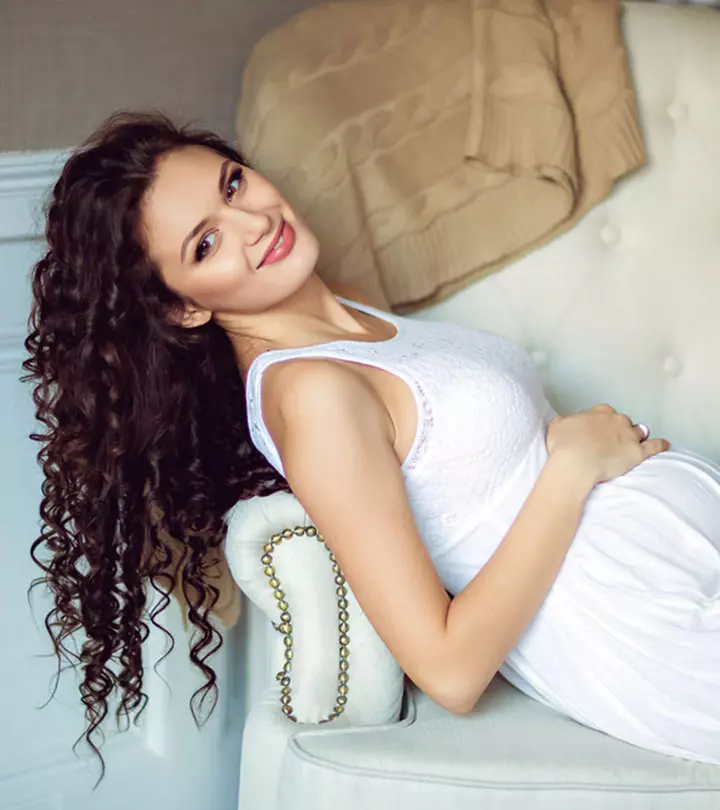
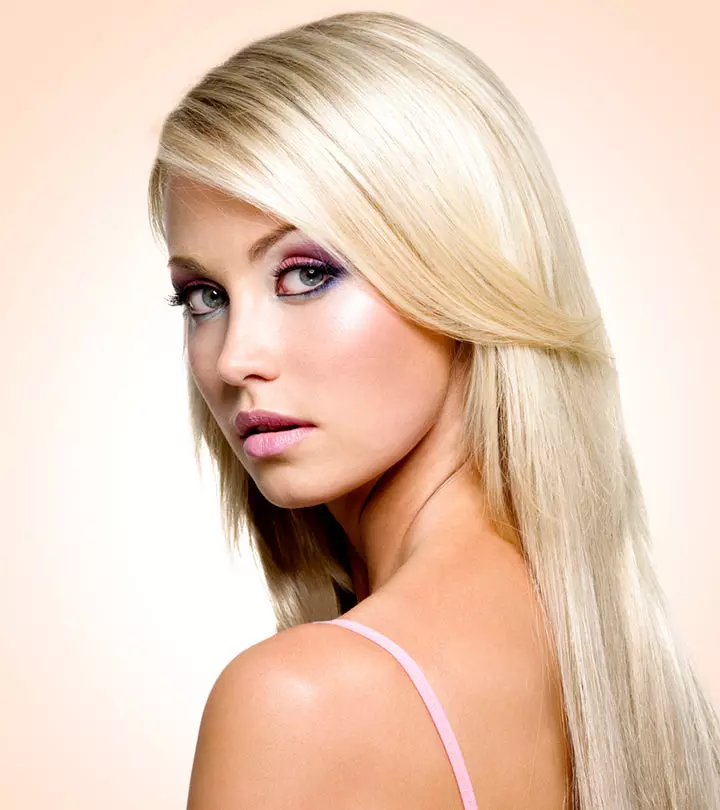
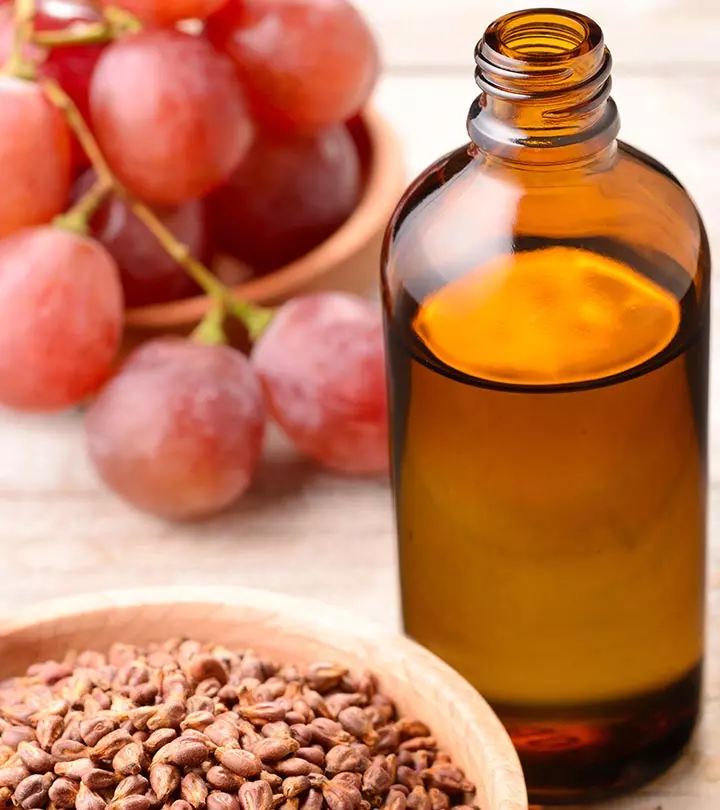
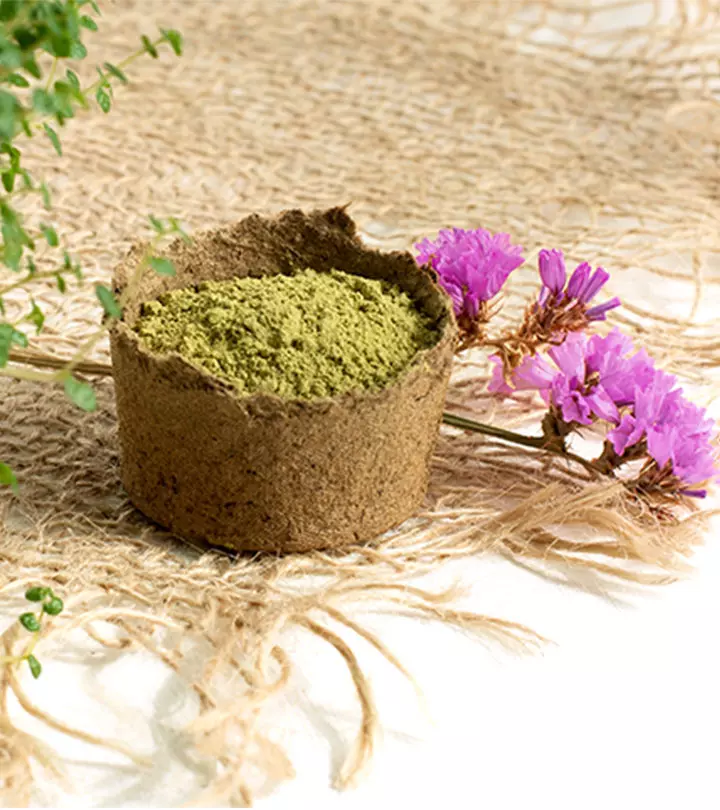
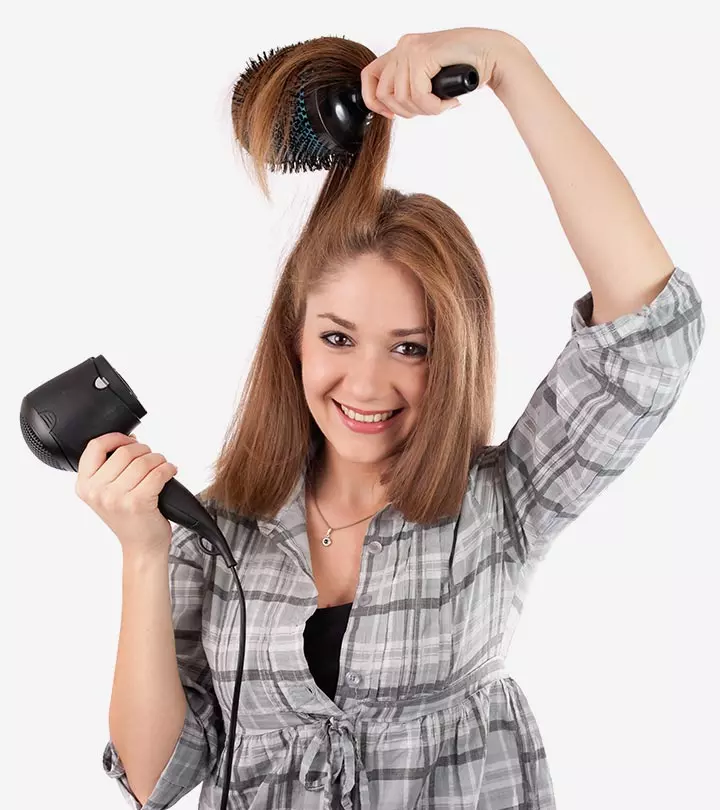

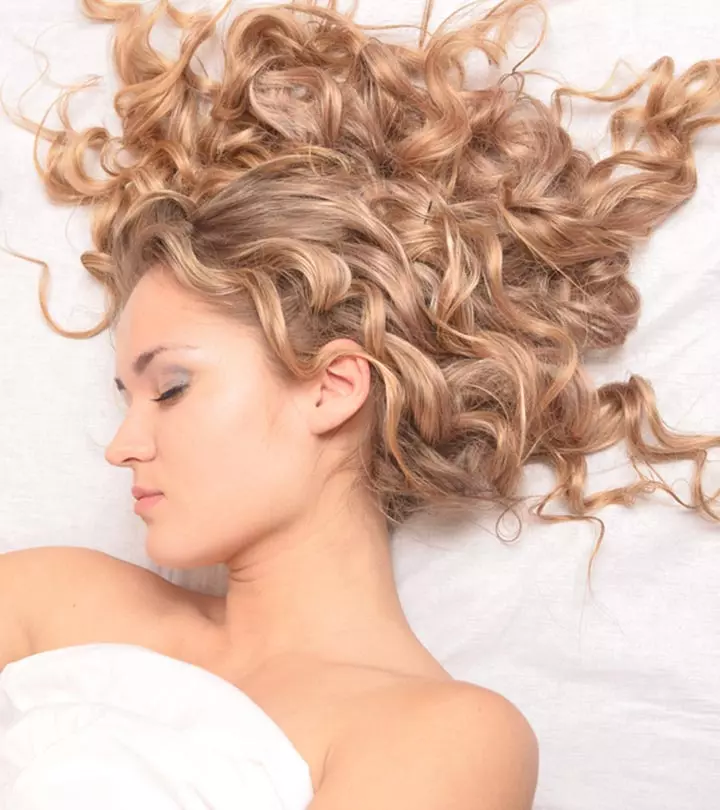
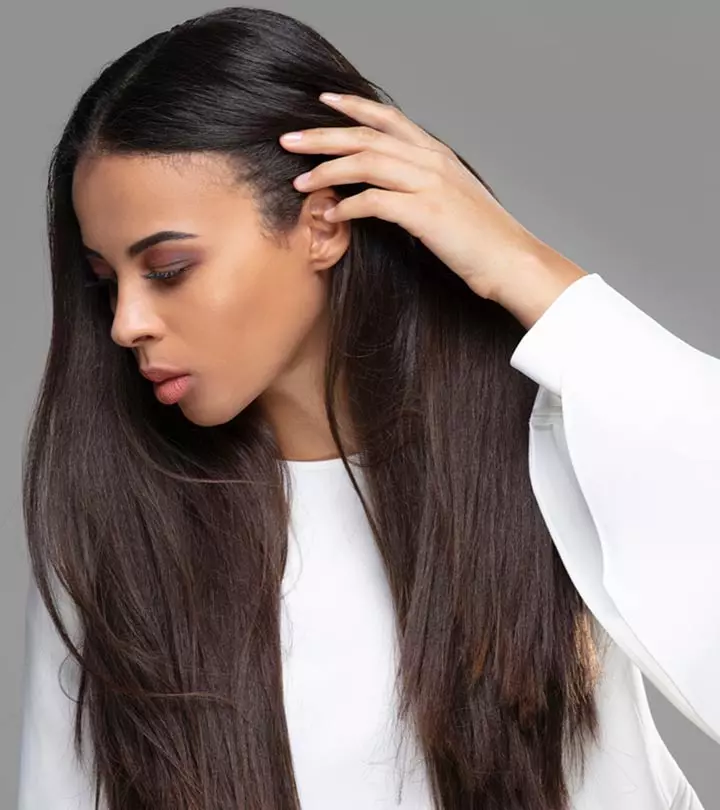
Community Experiences
Join the conversation and become a part of our empowering community! Share your stories, experiences, and insights to connect with other beauty, lifestyle, and health enthusiasts.